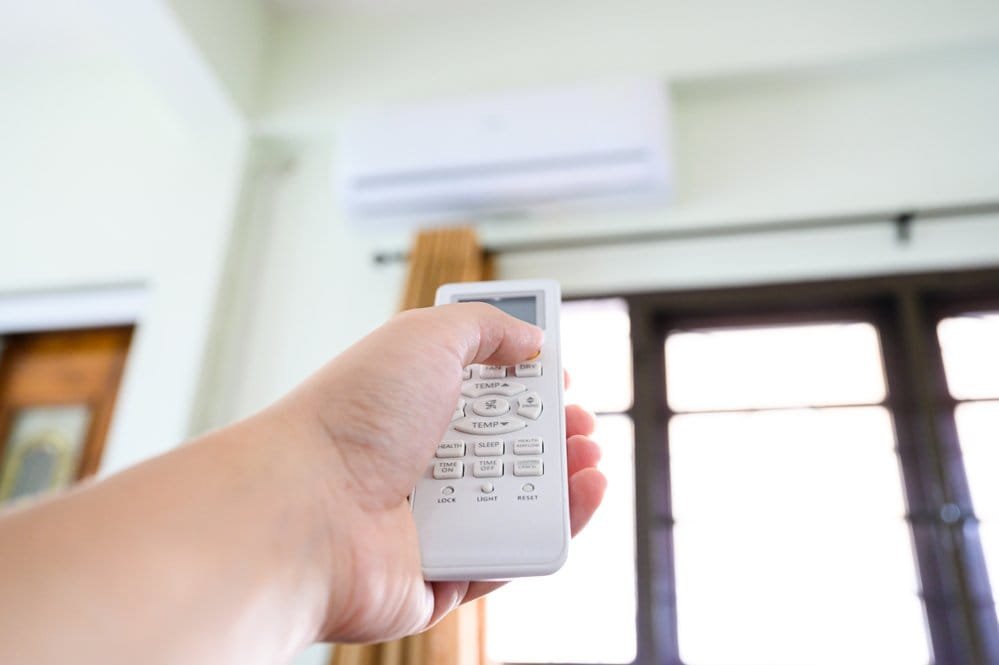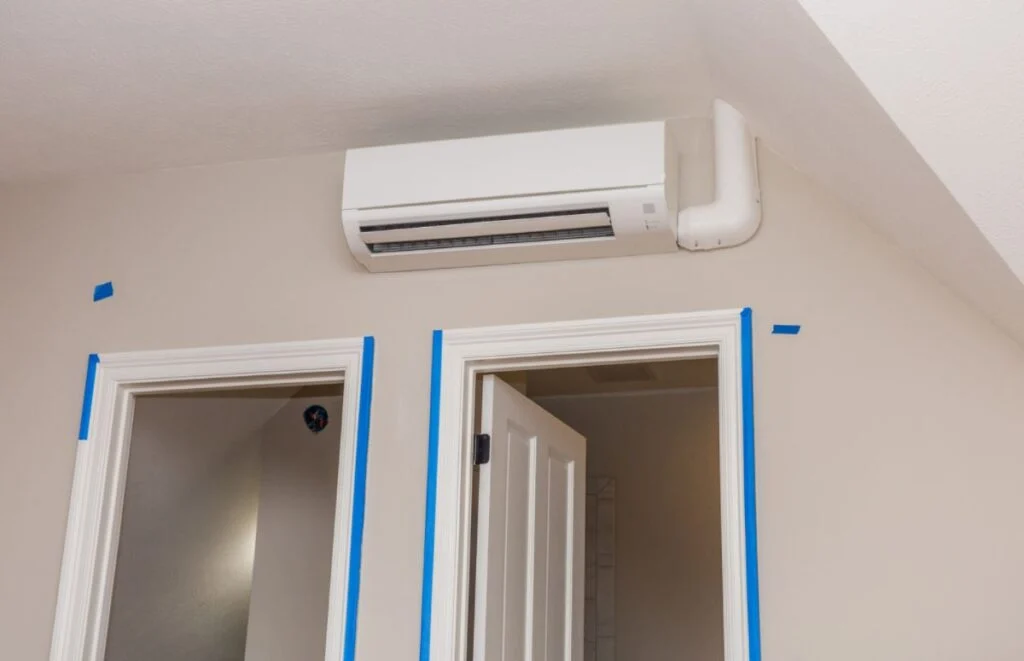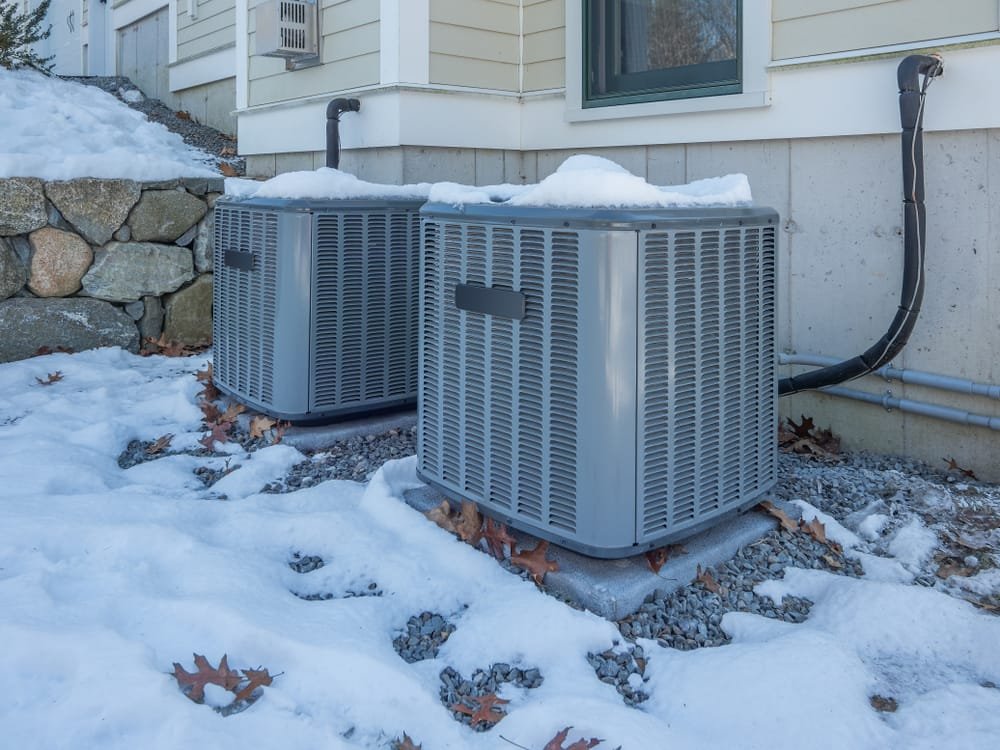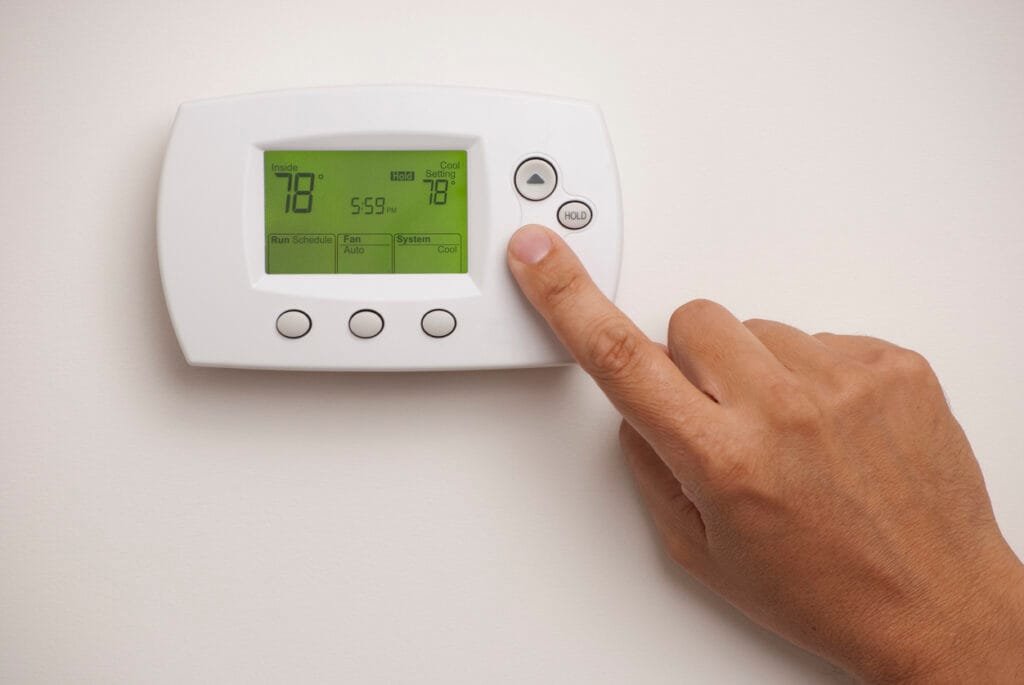Many people think their air conditioner is only about staying cool, but it can also impact your health in surprising ways. One such condition is called air conditioner lung, a term for “hypersensitivity pneumonitis” – lung inflammation caused by inhaling tiny airborne particles from a dirty or moldy AC unit.
These particles often include mold spores and bacteria that thrive in damp areas inside the machine. When inhaled, they trigger your immune system, causing lung irritation.
Common causes of air conditioner lung
- Mold and fungi: Moisture from condensation collects around coils and drip pans, creating the perfect environment for mold growth. Running the AC can spread spores into the air.
- Dirty filters and ducts: Without regular cleaning or replacement, filters can trap dust, mold, and bacteria, which get blown back into the room.
- Stagnant water: Water left in the unit can harbor bacteria that become airborne.
- Stale air circulation: Systems that don’t pull in fresh air recirculate the same dust, allergens, and mold repeatedly.
Symptoms to watch for
Signs of air conditioner lung can appear 4–6 hours after exposure and may last for days. Common symptoms include persistent dry cough, shortness of breath, chest discomfort, fever, chills, fatigue, headaches, and sometimes nasal congestion or itchy eyes. Long-term exposure may lead to chronic breathing problems, weight loss, or fatigue.
Prevention tips
- Maintain your AC: Clean or replace filters every 1–3 months. Regularly clean coils, drip pans, and drain lines.
- Control moisture: Keep the unit dry, fix leaks, and use fan mode to reduce dampness.
- Manage humidity: Maintain indoor humidity between 30–50% and ventilate kitchens and bathrooms.
- Improve airflow: Open windows occasionally and seal leaky ducts.
- Upgrade air quality: Consider UV lights or air purifiers.
Keeping your unit clean and well-maintained is key to preventing air conditioner lung and ensuring the air you breathe is safe.
Souce: DEEPCHILL






